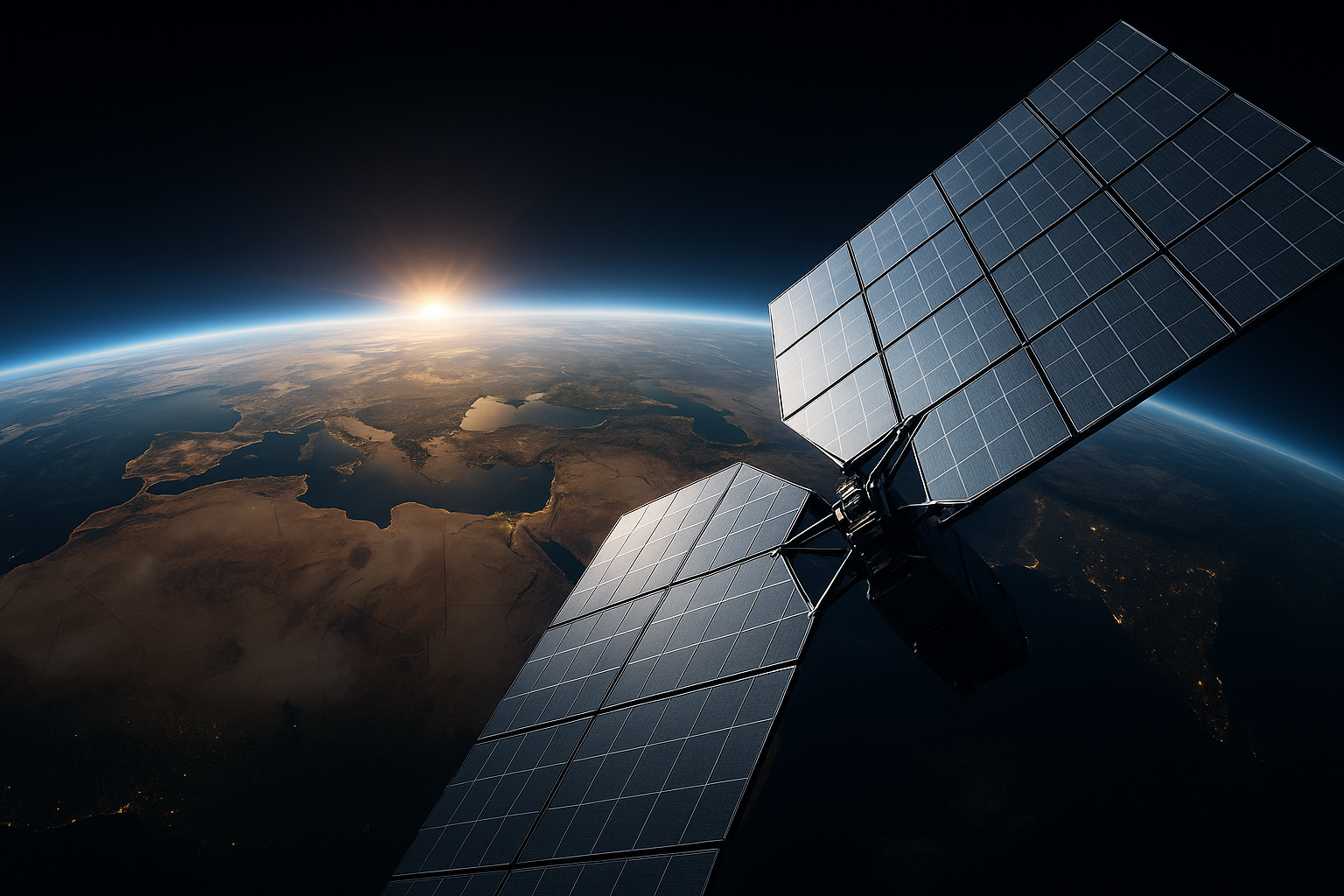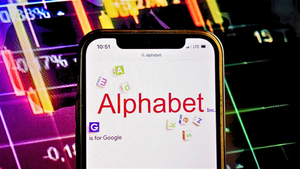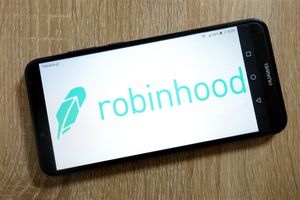
AST SpaceMobile’s (NASDAQ: ASTS) journey is a story of bold vision, relentless innovation, and the quest to connect the world in ways previously thought impossible. Founded in 2017 by Abel Avellan, the company set out to revolutionize global communications by building the first and only space-based cellular broadband network designed to connect directly to standard mobile phones. In less than a decade, AST SpaceMobile has emerged as one of the most closely watched players in the new space economy, captivating the imagination of both the telecommunications and investment communities.
Early Days: Aiming Beyond the Cell Tower
The company’s origins trace back to the persistent problem of digital inequality. Billions of people worldwide remain unconnected or under-connected, not because they lack mobile phones, but because conventional cellular infrastructure is economically or physically unfeasible in remote or rural areas. Abel Avellan, drawing on his experience in satellite communications, recognized that the real bottleneck was not the mobile device, but the absence of affordable, ubiquitous coverage.
AST SpaceMobile’s answer: bypass terrestrial cell towers altogether and beam broadband connectivity directly from satellites to everyday smartphones, without any special hardware or modifications. This ambition—once dismissed as science fiction—became the foundation for the company’s mission and business model.
Technical Breakthroughs: The BlueWalker and BlueBird Platforms
From the outset, AST SpaceMobile’s strategy hinged on overcoming formidable technical barriers. Traditional satellites are optimized for fixed ground stations or specialized satellite phones—not for the compact antennas found in consumer handsets. The company’s engineering team, headquartered in Midland, Texas, focused on developing large, flat-panel satellites—dubbed BlueWalker and BlueBird—that could support the direct-to-device communications paradigm.
BlueWalker 1, the company’s initial test satellite, was launched in April 2019. Although modest in scale, it validated key aspects of the technology and demonstrated AST SpaceMobile’s ability to move rapidly from concept to deployment. Building on this momentum, BlueWalker 3 was launched in 2022. This satellite featured a massive, unfurling antenna array—one of the largest ever deployed in low Earth orbit—specifically engineered to link directly with unmodified smartphones.
Partnerships and Commercial Progress
As proof of concept transformed into technical milestones, AST SpaceMobile began forging strategic partnerships with some of the world’s largest mobile network operators. The company announced collaborations with Vodafone, AT&T, Rakuten, and others, seeking to integrate space-based connectivity into their terrestrial networks. These relationships provided not only credibility but also a pathway to global market access, as mobile operators looked for cost-effective ways to close coverage gaps and offer value-added services.
The company’s business model emerged as a hybrid of traditional satellite operator and next-generation telecom partner. AST SpaceMobile’s satellites would serve as space-based cell towers, seamlessly extending coverage to remote or underserved regions—mountains, deserts, oceans—while sharing revenue with terrestrial partners. This vision attracted significant investor interest, culminating in a high-profile merger with New Providence Acquisition Corp., a special purpose acquisition company (SPAC), in 2021. The transaction enabled AST SpaceMobile to go public on the NASDAQ as (NASDAQ: ASTS), fueling the next phase of development with over $400 million in new capital.
Navigating Risks and Market Uncertainties
Despite its technological promise and strong partnerships, AST SpaceMobile’s path has not been without turbulence. The company faces steep capital requirements to deploy its planned constellation of more than 100 satellites, with each satellite costing tens of millions of dollars. Additionally, regulatory approvals—particularly in the U.S. and Europe—remain a significant hurdle, as authorities evaluate the potential for interference with terrestrial networks.
Competition has also intensified. Other space-based telecom ventures, such as SpaceX’s Starlink and Amazon’s Project Kuiper, pursue global broadband using different technological approaches, though AST SpaceMobile’s direct-to-phone capability remains unique. As with any pioneering enterprise, execution risk looms large; successful scaling from demonstration to commercial service will require flawless manufacturing, reliable launches, and sustained capital investment.
Recent Developments and Looking Ahead
In 2024 and 2025, AST SpaceMobile continued to achieve key technical milestones, reporting successful tests of 4G and 5G voice and data calls from ordinary smartphones connected via its satellites. The company also announced new partnerships and expanded regulatory clearances in multiple markets.
Analysts and investors closely monitor the rollout of the BlueBird constellation, scheduled for the latter half of the decade. If successful, AST SpaceMobile’s network could transform the economics of cellular coverage, offering lifelines for disaster response, maritime communications, and billions of users in areas where traditional networks have never reached.
Conclusion
The story of AST SpaceMobile is still being written. Its mission to build a space-based cellular broadband network that connects every device, everywhere, remains one of the boldest bets in telecommunications. Investors, partners, and consumers alike await the results of the company’s next major launches and commercial deployments. Should AST SpaceMobile realize its vision, it could reshape the competitive landscape of global connectivity—and bring the world a little closer together.
Disclaimer: This article is for informational purposes only and does not constitute investment advice. Please consult a financial professional before making investment decisions.





